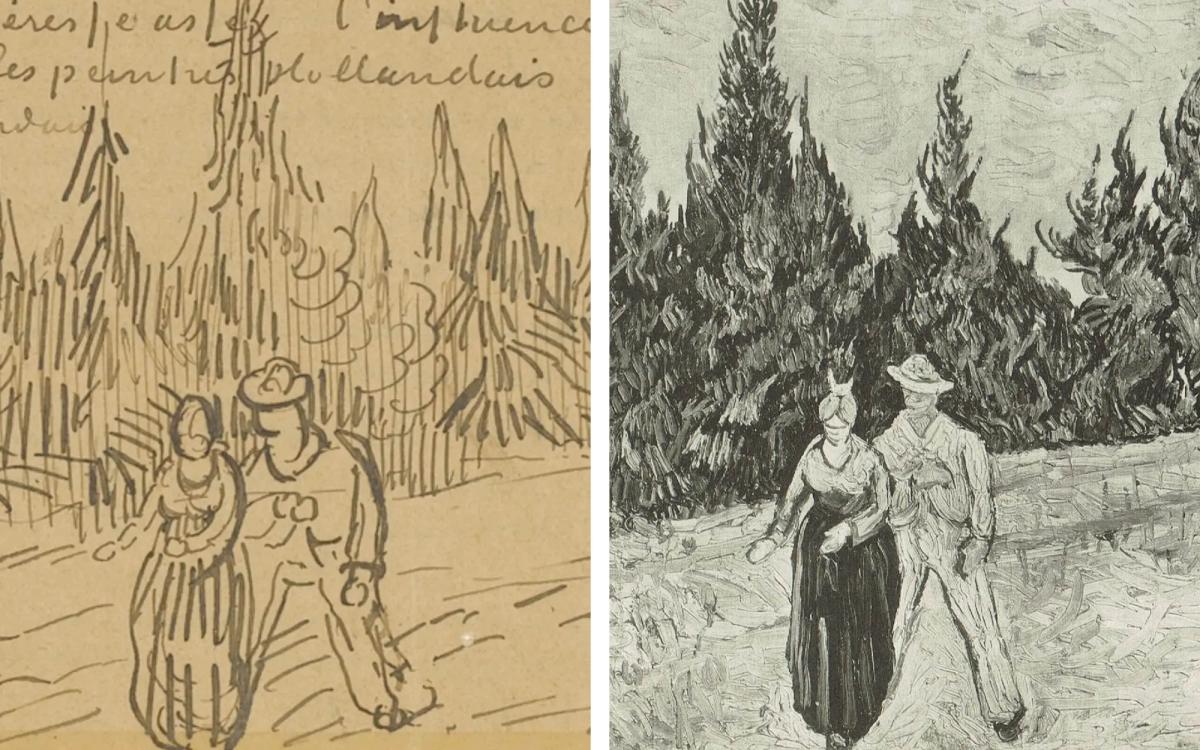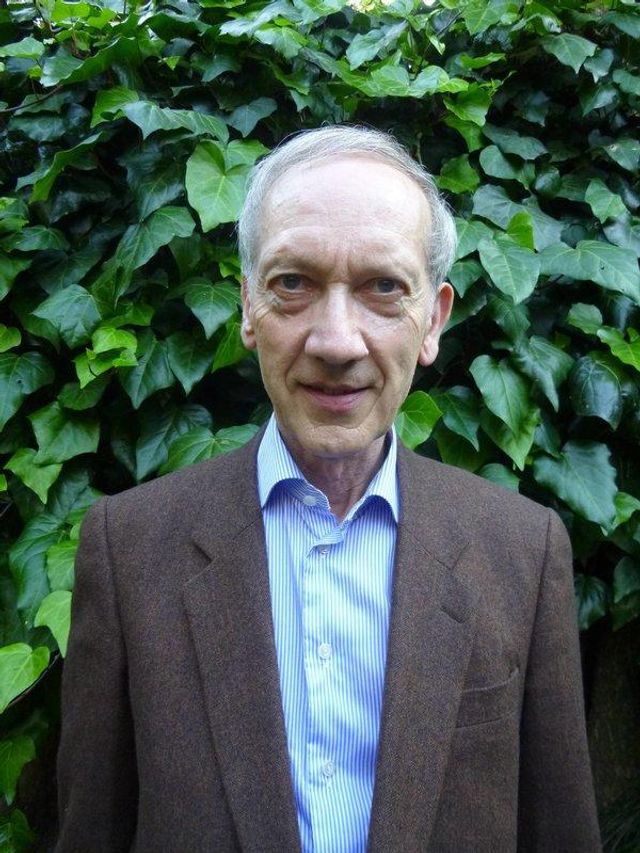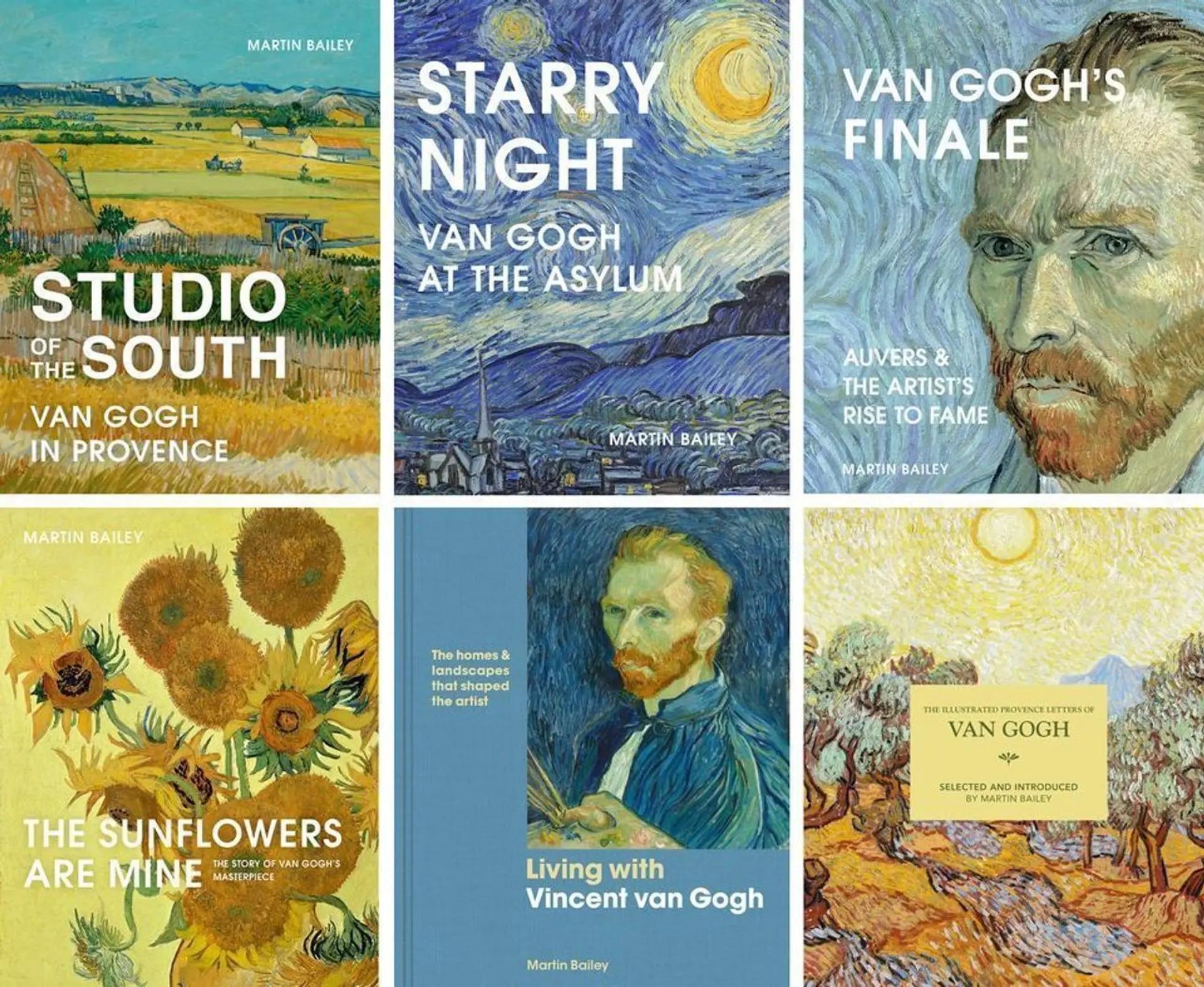The Lovers is one of the greatest Van Gogh losses of the Second World War. Once in Berlin’s Nationalgalerie, it was sold off by the Nazis as “degenerate” and acquired by Hermann Göring, Hitler’s deputy. The painting then went missing, so all we now have is a pre-war photograph in black and white.
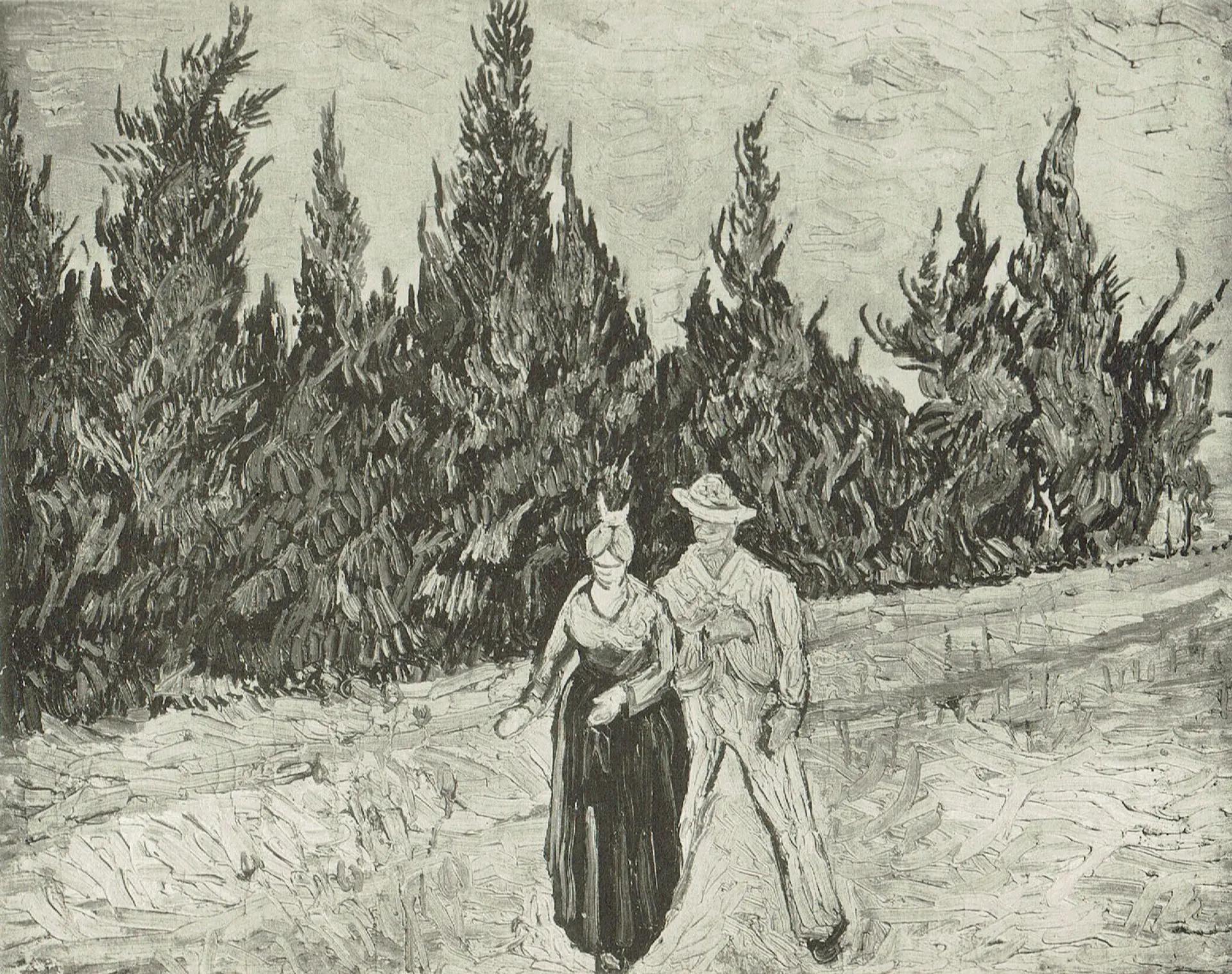
Photograph of Van Gogh’s The Lovers (October 1888)
Auction catalogue of Thea Sternheim sale, Amsterdam, 11 February 1919 (The Lovers was not sold)
Van Gogh’s scene shows a courting couple, arm in arm, with the figure of the man bearing a resemblance to the artist. They stroll past a row of his favourite cypresses. The setting was inspired by the small public park just in front of the Yellow House in Arles, which Van Gogh dubbed “the poet’s garden”.
Depicting lovers in the poet’s garden, The Lovers (October 1888) would have been the perfect painting for the National Gallery’s current exhibition, Van Gogh: Poets & Lovers (until 19 January 2025).

Vincent’s sketch of The Lovers in his letter to Theo, 21 October 1888
Van Gogh Museum, Amsterdam (Vincent van Gogh Foundation)
Vincent drew a small sketch of the painting in a letter to his brother Theo, along with a short description: “A row of green cypresses against a pink sky with a pale lemon crescent moon. Foreground a piece of waste land, and some sand and a few thistles. Two lovers, the man pale blue with a yellow hat, the woman has a pink bodice and a black skirt.”
Interestingly, although the crescent moon is recorded in Van Gogh’s sketch and description, it seems to be absent in the photograph. Perhaps the moon fails to stand out in the 1919 black-and-white image, but it is more likely that the artist changed his mind and omitted it in the final painting.
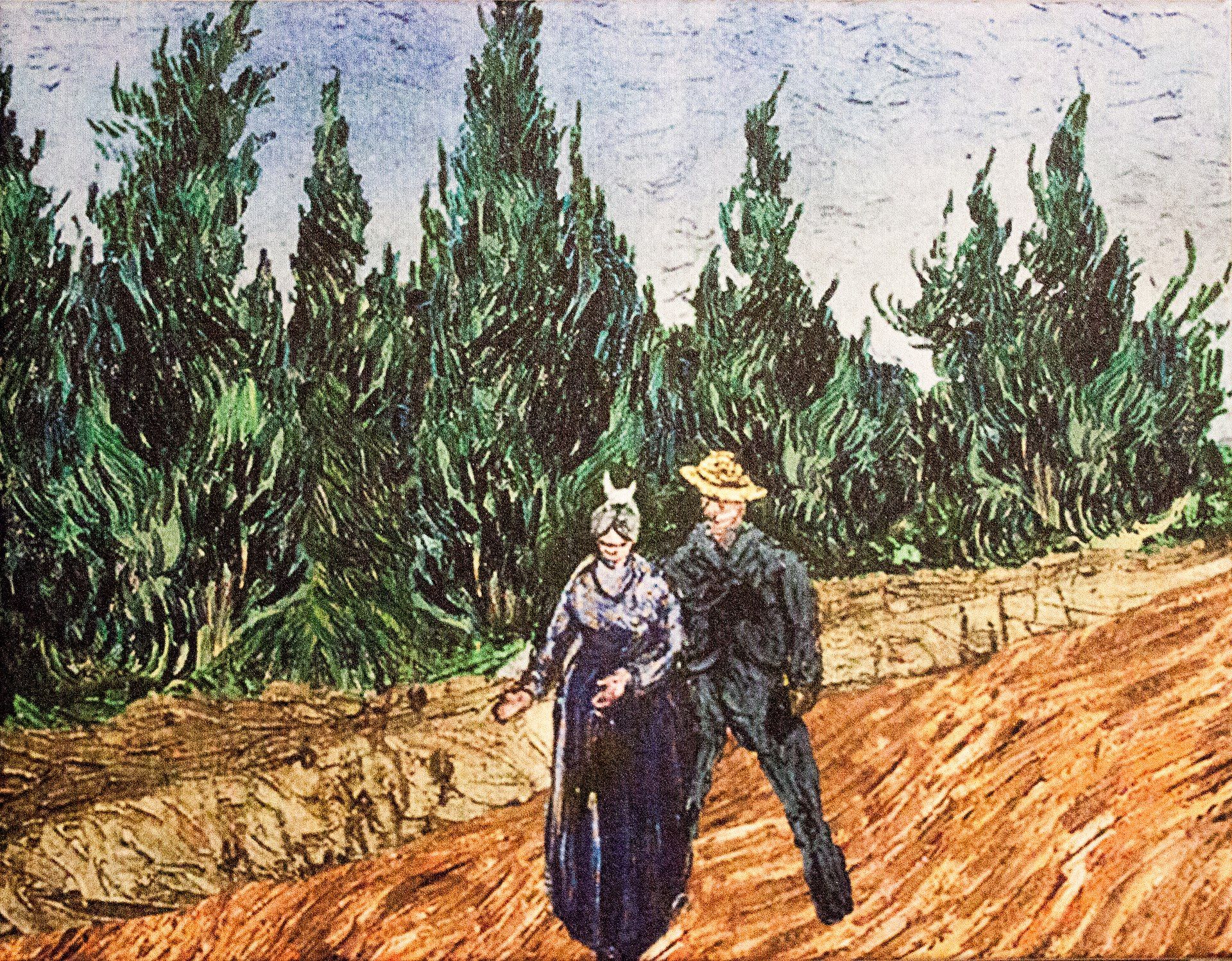
Digital reconstruction of Van Gogh’s The Lovers
Photograph by Szilas from the Van Gogh, My Dream exhibition in Budapest, 2013
There is a coloured reconstruction of what the painting might have looked like on the internet, although this is only partially successful. In the completed painting the sky probably did end up with a pinkish tinge, suggesting twilight, as did the woman’s bodice—as Van Gogh describes.
Van Gogh’s picture was done in late October 1888, just a few days before the arrival of Paul Gauguin, in whose bedroom it would soon hang. The early history of The Lovers remains obscure, but in 1893 (or possibly a few years later) it was acquired by the distinguished art historian Julius Meier-Graefe.
A later owner was the German couple Carl and Thea Sternheim, who were both writers, but when they divorced in 1927 a dispute arose over which of them owned their small group of important Van Goghs. The Lovers was effectively subjected to a tug of war, which was eventually won by Thea. In 1929 she sold the picture to Berlin’s Nationalgalerie.

Extract of a 1942 Nazi list of artworks confiscated from German museums as “degenerate”, recording three Van Goghs from Berlin, including “Liebespaar“ (Lovers). The original typescript is at the Victoria and Albert Museum
Victoria and Albert Museum, London
The Lovers remained in the Berlin museum until it was declared to be “degenerate” art by the Nazis. In October 1937 it was confiscated by the Ministry of Public Enlightenment and Propaganda. By spring 1938 it had somehow been acquired by Hermann Göring, Hitler’s deputy, who sold it through the Berlin dealer Josef Angerer. It was then valued at 100,000 Reichmarks (around $40,000).
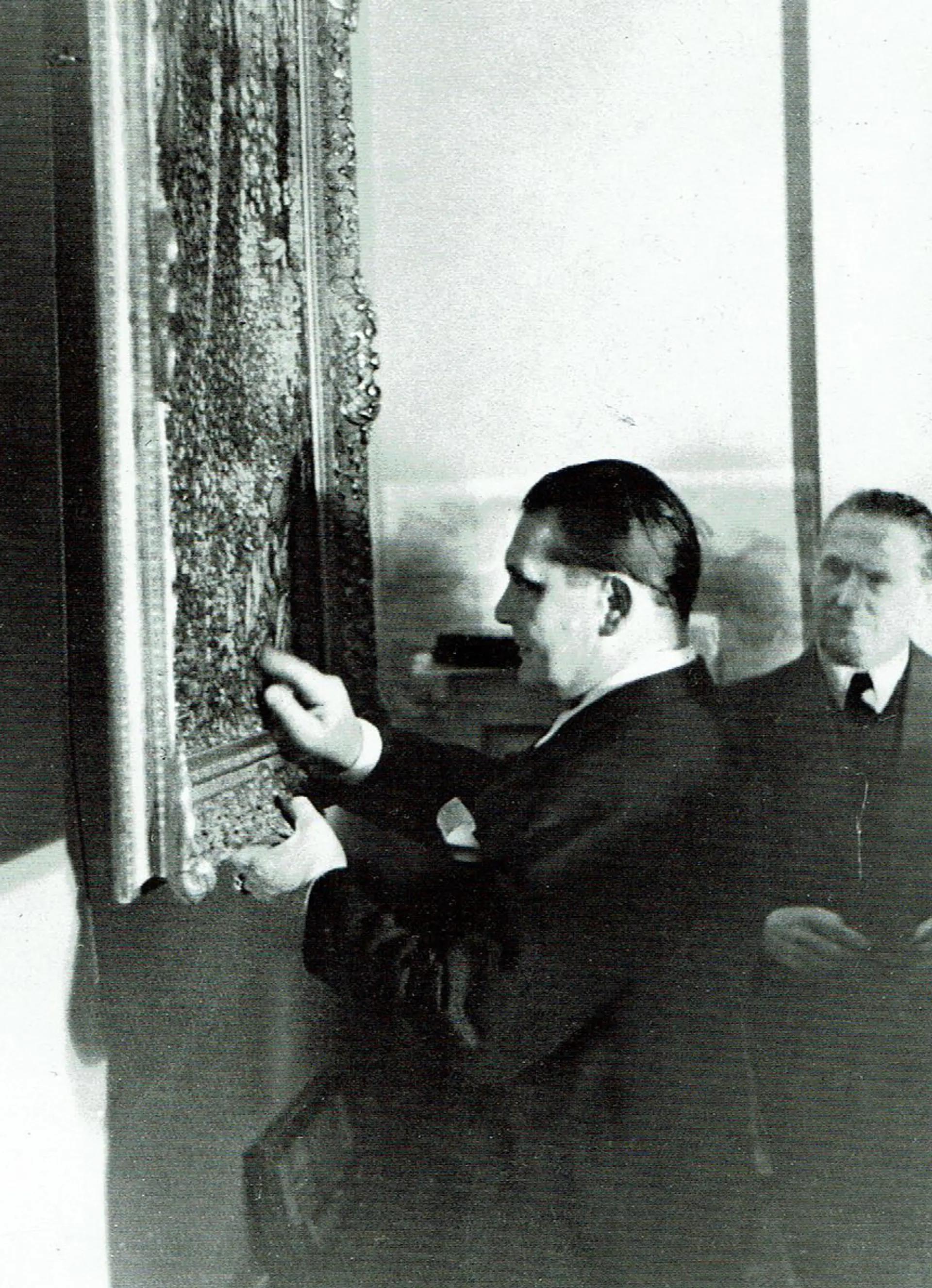
Hermann Göring inspecting another Van Gogh painting, the looted Trees with Ivy (May 1889), photographed by Heinrich Hoffmann (1942)
Bayerische Staatsbibliothek, Munich
Göring apparently sold off The Lovers to raise funds for other art purchases, but the buyer is unrecorded. No trace of the Van Gogh could be found after the war. The painting may well have been destroyed, most likely by bombs, but it is also possible that it was hidden away for safekeeping or seized by a looter. There remains a remote possibility that it could still turn up one day, abandoned in a loft or wherever.


